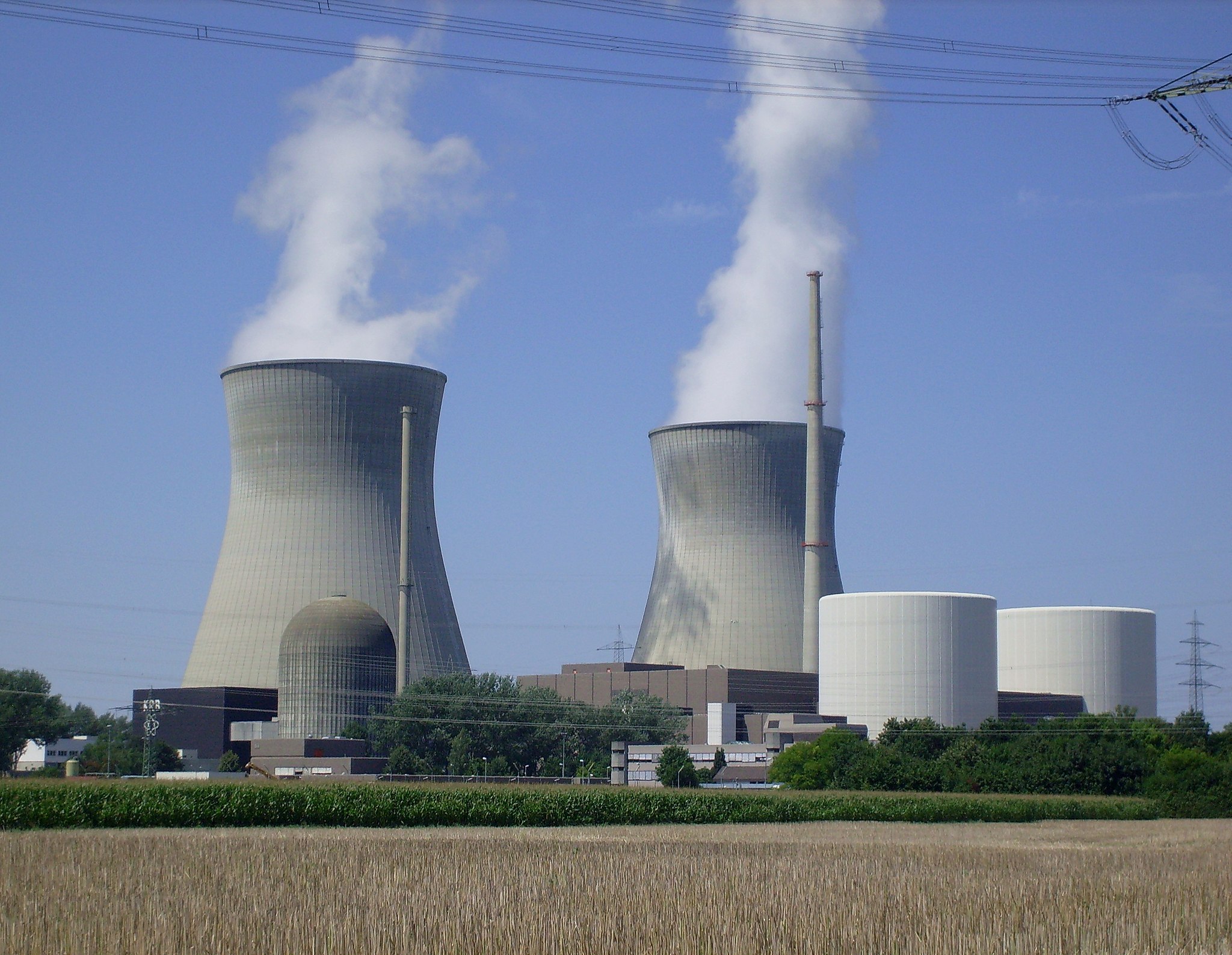Could Nuclear Actually Solve the Energy Crisis?
Given that plants take a decade to build, probably not.
by Ell Folan
12 September 2022

Just 22% of voters were reportedly pleased with Liz Truss’s victory last week – chief among them, perhaps, are proponents of nuclear power. Following in the footsteps of her predecessor – who just pledged £700m for a new nuclear plant in Suffolk, and blamed high bills on previous prime ministers’ hesitance to back nuclear – Truss pledged to ramp up nuclear energy, and has already set about fulfilling that pledge: last week, reports emerged that the new PM has been pressuring the Scottish National party to support new nuclear power stations.
Nuclear power has long generated strong opposition. But now, as Russia shuts down gas supplies via the Nord Stream pipeline, some may be reassessing their position. The question is, could nuclear even get us out of this mess? And even if it can, do the benefits outweigh the risks?
France is often cited as a nuclear success story. In 2021, nuclear accounted for 69% of its energy; the UK generates 16% of its own energy supply from nuclear. Until recently, its nuclear dependence was leaving France with a surplus of energy – nuclear power is highly efficient, operating at maximum capacity for around 92.5% of the time by US estimates, versus 24.9% of the time for solar – making France a major electricity exporter.
2022 has served up a harsh dose of reality for France, however. 57% of the country’s nuclear plants are currently offline as a result of delays to much-needed maintenance (partly due to Covid-19 lockdowns), corrosion and overheating. Of course, these are exceptional times – but it does suggest that nuclear is not as dependable as its supporters claim.
Whilst it might have struggled in the 2022 crisis, nuclear does appear to have helped France reduce its carbon emissions. From a peak of 10.3 tonnes in 1973, the country’s per capita emissions have declined to 4.3 tonnes by 2020. Over the same period, nuclear as a share of energy rose from 8% to 67%.
This reflects the fact that nuclear power is, on the face of it, a green source of energy. The Intergovernmental Panel on Climate Change estimates that nuclear has a carbon footprint of 16 grams of CO2 per kilowatt hour (p/KWh), compared to 1,001 grams p/KWh for coal and 12 grams p/KWh for wind
This low carbon footprint does not make nuclear power an entirely clean form of energy. Even when functioning properly, nuclear produces toxic, radioactive waste that can remain hazardous to human health for thousands of years; the Sellafield nuclear plant in the UK, for instance, contains the largest collection of untreated nuclear waste on Earth. 10,000 people are currently employed to clean up the decommissioned UK plant, which was active for less than 50 years.
And that’s when nuclear plants function normally. When things go wrong, the cost can be immense. Currently there’s serious concern about nuclear power plants in Ukraine, with fears that Russian shelling could trigger a nuclear disaster. The shadow of Chornobyl, estimated to have expedited countless deaths and cost $235bn, looms over the nation.
33 serious nuclear accidents occurred worldwide between the 1950s and the 2010s. Despite this, the International Atomic Energy Agency argues that nuclear power plants “are among the safest and most secure facilities in the world”. And to be fair, the data suggests that they are correct: nuclear power has a lower death rate per unit of electricity than wind and hydropower.
Yet when it comes to solving our energy crisis, nuclear power has a serious issue – the length of time it takes to construct a new power station. Looking at average build times since 2011, construction of a nuclear plant takes just under 10 years – by contrast, a sizeable wind farm can be constructed in just six months. If our objective is to rapidly build domestic sources of energy that can help make us energy independent and keep down bills, nuclear power isn’t viable.
That said, construction times have fallen rapidly over the past few years, from 9.9 years for plants that began operating in 2019 to 6.7 years in the first half of 2021. Russia’s average build time is 18.7 years, but Pakistan’s is 5.4; swifter construction is possible.
Ultimately, your perception of nuclear depends on your priorities. If it’s efficiency or emissions, you’ll probably be pro. If it’s waste and safety, the stats are unlikely to reassure you. Not only that but if you want a swift resolution to our energy crisis, you won’t be impressed by nuclear energy’s long timetable for construction – especially when the time for building renewable sources is measured in months, not years.
Personally, I don’t think the benefits outweigh the risks – and I think focusing on a slow-to-build and polluting energy source is a distraction from constructing clean, renewable sources of energy. Plus as France has shown, putting all your eggs in one basket can leave you stranded in a crisis – and we can be fairly certain that there will be more of those to come.
Ell Folan is the founder of Stats for Lefties.


